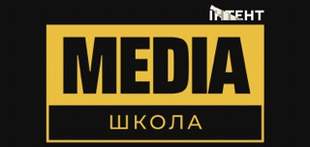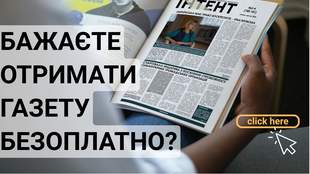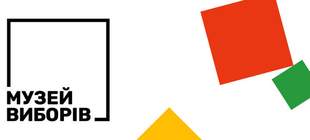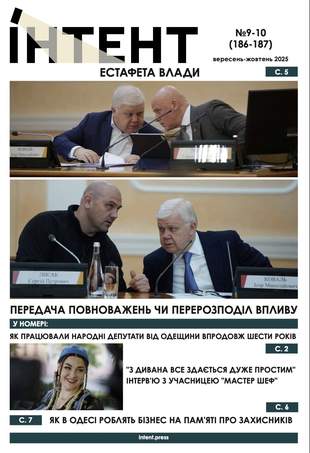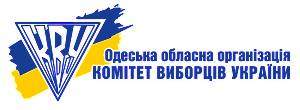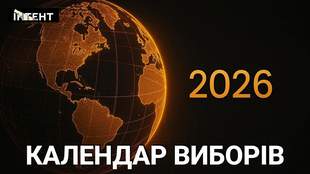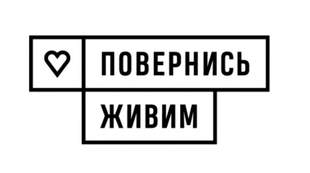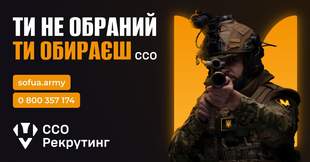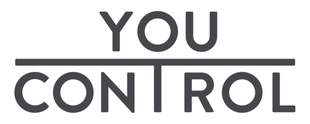Меню
Social networks
Sections
Sept. 4, 2024, 7:45 p.m.
The Museum of Resistance: How Ordinary Things Became Symbols of the Kherson People's Struggle
Цей матеріал також доступний українською430
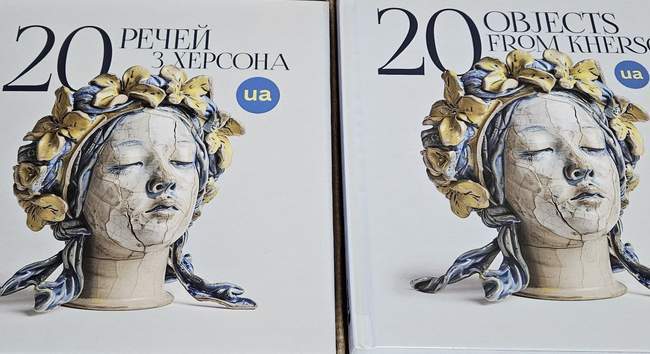
Photo provided by NGO "Centre for Cultural Development 'Totem'"
A rose, a plastic bucket, and a hearing aid — these ordinary items transformed into symbols during the occupation of Kherson. They remind people of the events they endured, the lives and places lost. At the same time, they are reminders of the strength gained, the affirmation of the Ukrainian identity in the South, and their resilience. These are thousands of unique stories, which, like a mosaic, make up a new chapter in the city's history. The "Kherson: Liberation of Memory" project aims to bring it all together. Intent spoke with the project's curator, Olena Afanasieva, about the initiative.
The Resistance of the Kherson People as a Separate Page of History
Olena Afanasieva, head of the NGO "Centre for Cultural Development 'Totem'" and curator of the "Kherson: Liberation of Memory" project, shares: "After the liberation of the right-bank part of Kherson Oblast in November 2022, we were approached by the head of the Department of Culture of the Kherson City Council, Svitlana Dumynska. She suggested that we begin searching for artefacts and stories about the Russian occupation, which would later become exhibits in a specially created museum. Eventually, the Department of Economics and Investments of the Kherson City Council also supported the idea."
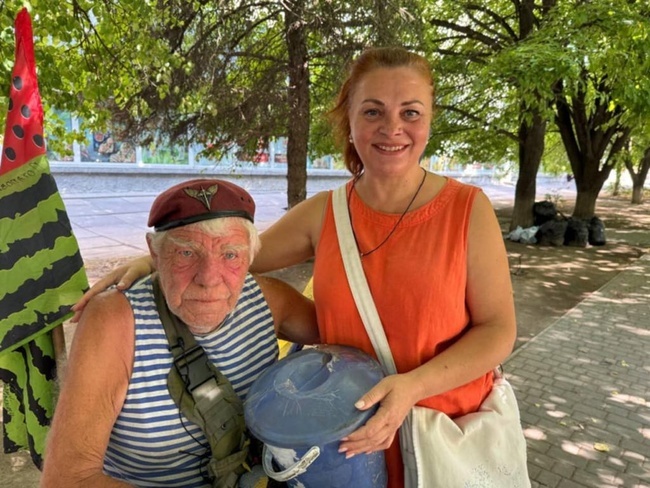
During the process, the concept transformed and 'grew' beyond the scope of a 'museum about the occupation,' shaping the concept of a 'museum of resistance.'
The team decided to emphasise the resistance against the occupation for a reason, as the unarmed struggle of Kherson's residents against armed Russian soldiers became a phenomenon. Evidence of this can be seen in the footage of mass peaceful rallies in Freedom Square, which dominated the front pages and news feeds of globally renowned media outlets for a long time.
"Resistance and opposition are synonymous in this case, I think. There should actually be several options for the name and the very form of the museum, from which the Kherson community will choose. This process is still ongoing. However, when people and experts are asked whether such a project is necessary, 90% confidently say: 'It's needed.' We conducted a survey. At the same time, opinions about creating the museum as a physical object vary. People primarily imagine a building, while experts think of a collection. A building without appropriate content makes no sense after the war ends. Materials need to be collected now because, over time, items disappear, and memories either fade or change. This is exactly what the NGO 'Centre for Cultural Development 'Totem'' is doing within the framework of the 'Kherson: Liberation of Memory' project," Olena indicates.
She adds that, according to focus group results, the future Museum of Resistance should become a "place of strength and unity" around Kherson's new history and an understanding of its own identity. It should also be a place for reflection on why this happened and what conclusions need to be drawn to prevent such events from recurring. Therefore, the initiative's main functions have been collecting testimonies, memories, and artefacts, organising exhibitions, and hosting art events. The thematic focus will be public resistance and the lives of Kherson residents under occupation.
Kherson's residents themselves suggest presenting the artefacts in a modern and interactive format. The team has fundamentally rejected outdated Soviet museum concepts, like those the Russian authorities are creating in temporarily occupied territories. Shell casings, weapons, and mannequins in military uniforms – all of these have a place in the exhibits but should be presented according to European standards for easy and engaging understanding.
"I would very much like people not to shift the responsibility for creating such a museum onto the government, non-governmental organisations, or international funds. If we need this institution, it is our task, and we are the ones who must create it," the curator emphasises.
Exhibit – a combination of an object and a story
The project team emphasises that everyone has something to share with the Museum of Resistance. Therefore, information is searched for in two ways: by communicating with people and by monitoring media and social networks. It is a meticulous and long-term effort. Everything needs to be preserved immediately, as a photo or a publication in the media might exist today but be gone tomorrow. The range of artefact themes is just as broad: education, volunteering, rallies, evacuation, information blockade, partisan movement, and the liberation of Kherson.
"Sometimes, themes form themselves. This is exactly what happened with the section 'Life Hacks during the Occupation.' Here, stories were grouped together about how people in the occupation had two phones. One was used at home to send observations and thoughts about events around them to the free world, and the second, with 'clean' messengers, was taken outside, as it was impossible to predict when a check would happen. Or how the Kherson political scientist and local Dementii Bilyi kept a basin of water near his desk to throw his phone into in case of a search. Or how, with almost nothing, people would create a Ukrainian flag to quickly hang on a fence, for example, using a blue medical mask and a yellow viscose dusting cloth," shares Olena Afanasieva.
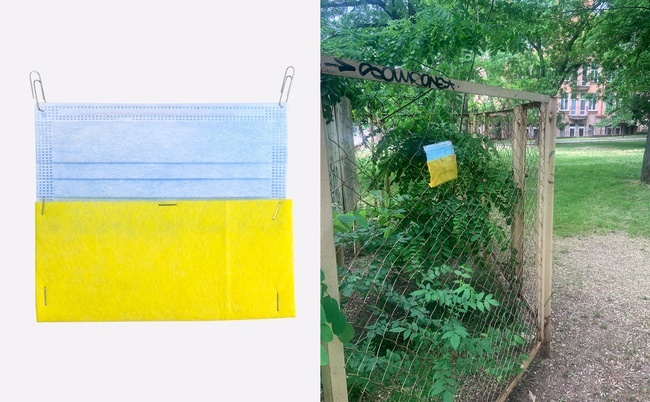
Photo provided by NGO 'Centre for Cultural Development Totem'
All stories in the museum are told through artefacts. That is why, according to Olena, it is important to find an item within a story that can be used as a focal point and make it the centre of the composition. This happened with the Kherson volunteer Hryhorii Yanchenko, known as Uncle Hrysha. While in the occupation, he continued driving around the city, collecting donations for the Armed Forces of Ukraine. At first, the team wanted to ask for his sailor's vest, but after seeing an occupation photo, they asked for the old, battered plastic bucket into which people had thrown money.
Sometimes, it works the other way around: the item shapes the story. One story tells of an older woman and her sister who found themselves trapped in water at their summer cottage (dacha) on the left bank of the Dnipro during the Kakhovka HPP disaster. Ukrainian soldiers used a drone to drop them a note that help was coming. During the rescue, the woman kept that piece of paper. It was the starting point of her story of what she had endured. Another exhibit is the camera of Kherson photojournalist Oleksandr Korniakov, which he used to take pictures of the rallies during the city's occupation.
"By the way, a collection of similar artefacts can also be quite telling. Take the 'Keys from Mariupol' project, which started back in 2022. Each photo of a set of keys tells a unique story of a person and the place that used to be their home. A similar idea is now being implemented in Velyka Oleksandrivka village, Kherson region, under the direction of filmmaker Andriy Bohun. So, we cannot even predict what the final contents of the Museum of Resistance will be," explains the curator.
When asked about the story that impacted her the most, Olena Afanasieva mentions the night-time singing of Ukrainian songs. This is a story from Anton Yefanov, the Centre for Social Services for Families, Children, and Youth director, who sent his family from Kherson to the Ukrainian-controlled territory but stayed behind to help people. She says she feels it not only emotionally but also physically: "Imagine, at night, during the occupation, the Ukrainian national anthem and 'Chervona Kalyna /Red Viburnum/' were sung. People couldn’t see each other and didn’t know who was singing. In the large courtyard of the apartment blocks, no windows were lit. But this would incredibly lift people’s spirits and give them strength to persevere because they knew they were not alone. We searched for a long time to find an object to illustrate this. Through acquaintances, we found a hearing aid worn by an 82-year-old woman so she could hear this night-time singing".
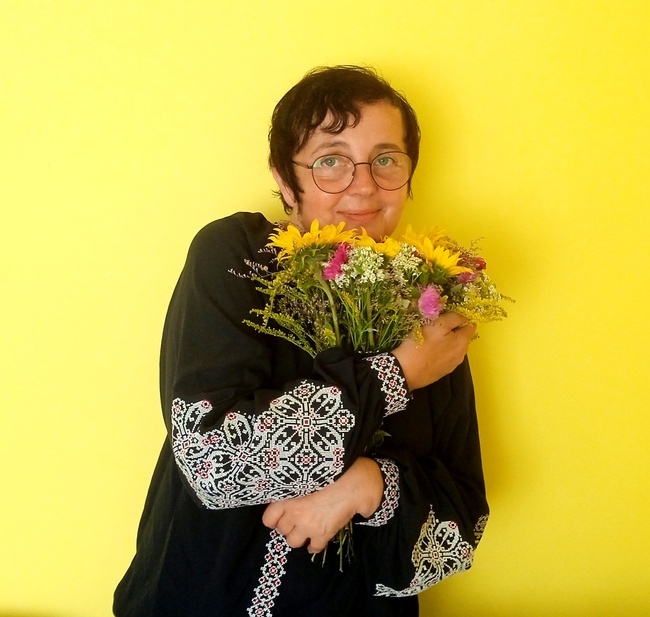
Olena Afanasieva. Photo provided by the interviewee
The Museum Exists in Various Formats
Due to safety concerns, the team does not plan to create a museum as a standalone building in a frontline city. However, the collection is being gathered, and the project is being showcased online. The website khersonua.com presents not only a brief description of the initiative but also the first 20 artefacts with their accompanying stories. These 20 stories have also been published as a separate collection.
Olena explains that this number was chosen with the potential target audience of the publication in mind — politicians, businesspeople, and officials — who need to be told about Kherson so they can understand, remember, and even fall in love with the city. For instance, this book would have been ideal to present to the Federal Chancellor of Germany, Olaf Scholz, whom Vitalii Bilobrov met with this summer: "I deeply regretted that the book wasn’t ready at the time, and we couldn’t gift it to Mr Scholz. Of course, he wouldn’t read long texts, but it’s possible and necessary to catch his interest. That’s why these must be short stories that resonate and aren’t too numerous."
In total, 400 copies of "20 Things from Kherson" have already been printed — 200 in Ukrainian and 200 in English. The first part will be distributed to libraries in Kherson Oblast and other regions of Ukraine, while the second will promote the city at international events.
In August, the first copies of the publication travelled to Lithuania with a Kherson delegation comprising community activists, journalists, social workers, and local administration staff. They met with local community leaders. Copies have already been received by Mr Darius Varnas, the mayor of the Lithuanian city of Ukmergė, which has supported Ukraine since the beginning of the full-scale war, and by the UAB Likmerė company, which produces foldable furniture specifically for shelters and Ukrainian soldiers, including those on the Kherson front.
"We received an incredibly warm response from the Lithuanian organisation AID for Southern Ukraine, established in 2022. One of the founders, our fellow countrywoman Viktoriya Horbatenko, wrote: 'The book you’ve made is fantastic. I'm reading about the Rose Volunteers right now. Incredible concept!' So, this isn’t a book in the classical sense but an effective communication tool. Additionally, our website is available for public access, allowing people to explore and contribute to the museum’s collection. It’s also a powerful platform to talk about Kherson," Olena adds.
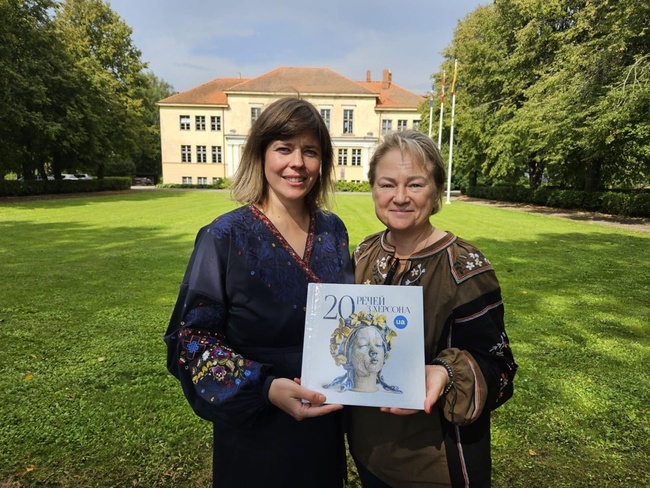
Viktoriya Horbatenko (on the left). Photo provided by NGO 'Centre for Cultural Development Totem'
The NGO 'Centre for Cultural Development Totem' team does not plan to stop here. There are many more initiatives in the pipeline for preserving Ukraine’s cultural and historical heritage. One of these is an upcoming publication about Polina Raiko, an artist of naive art.
"To be honest, I dream of a time when I can create something purely artistic without reflections on the war. In the future, Ukraine should be associated not with destruction and loss but with its strength and culture's uniqueness. But that time is yet to come. For now, despite periods of exhaustion, the people inspire me to go on. You read a few stories from the Museum of Resistance, and you realise that you still have to earn the right to add your own story. So, you keep working," Olena Afanasieva concludes.
The work on this material was made possible by the Fight for Facts project, implemented with financial support from the German Federal Ministry for Economic Cooperation and Development.
Яніна Надточа
